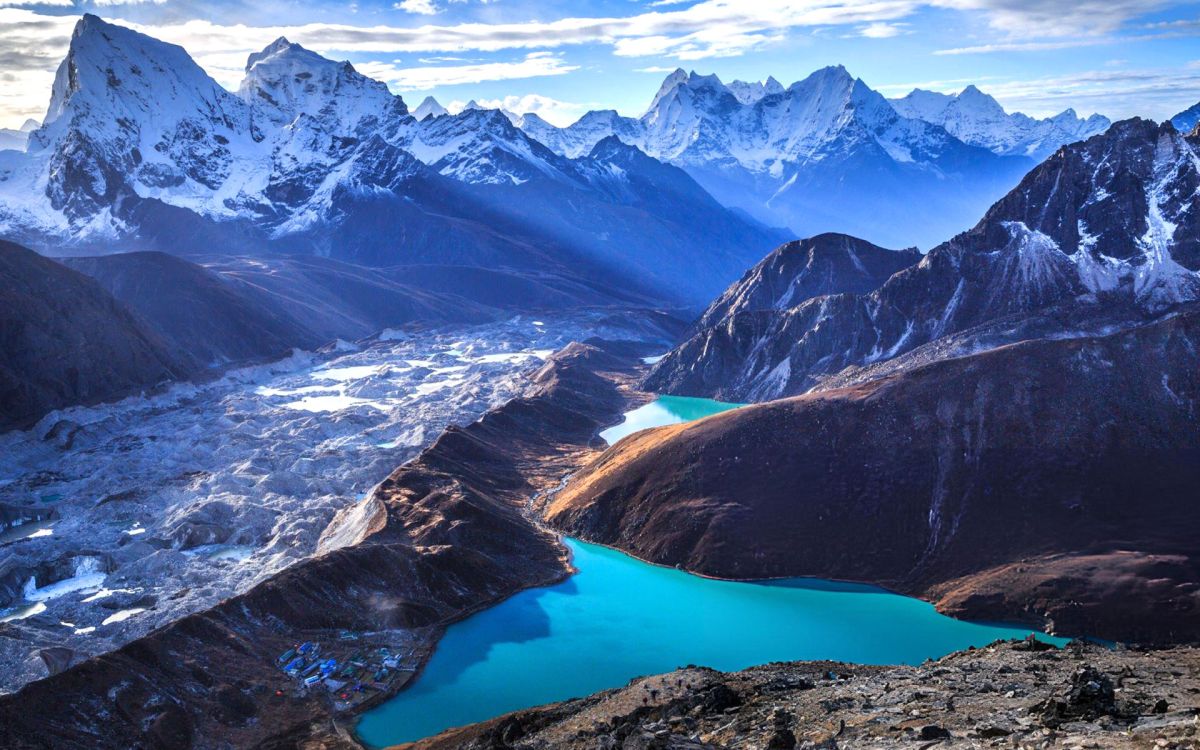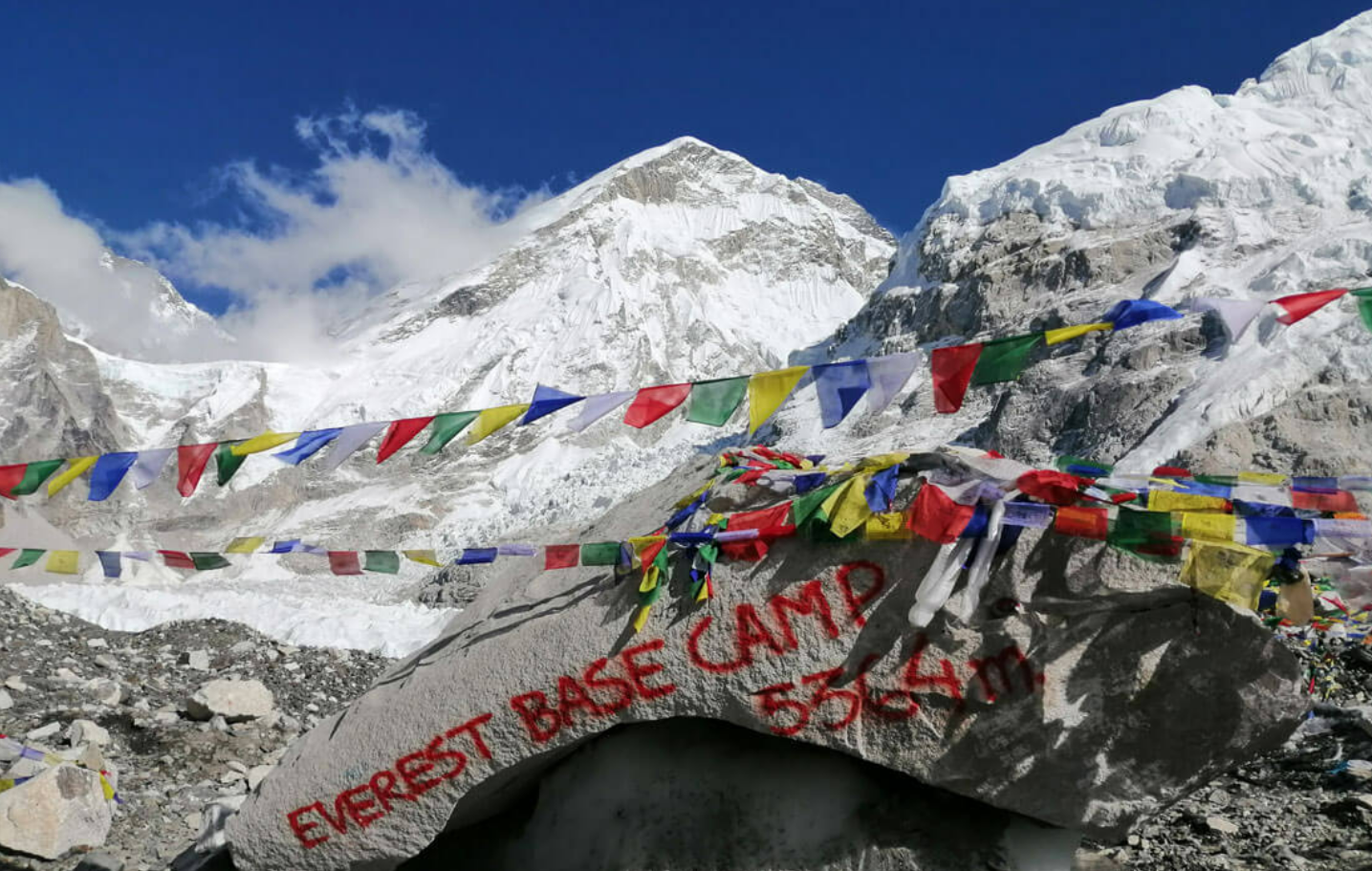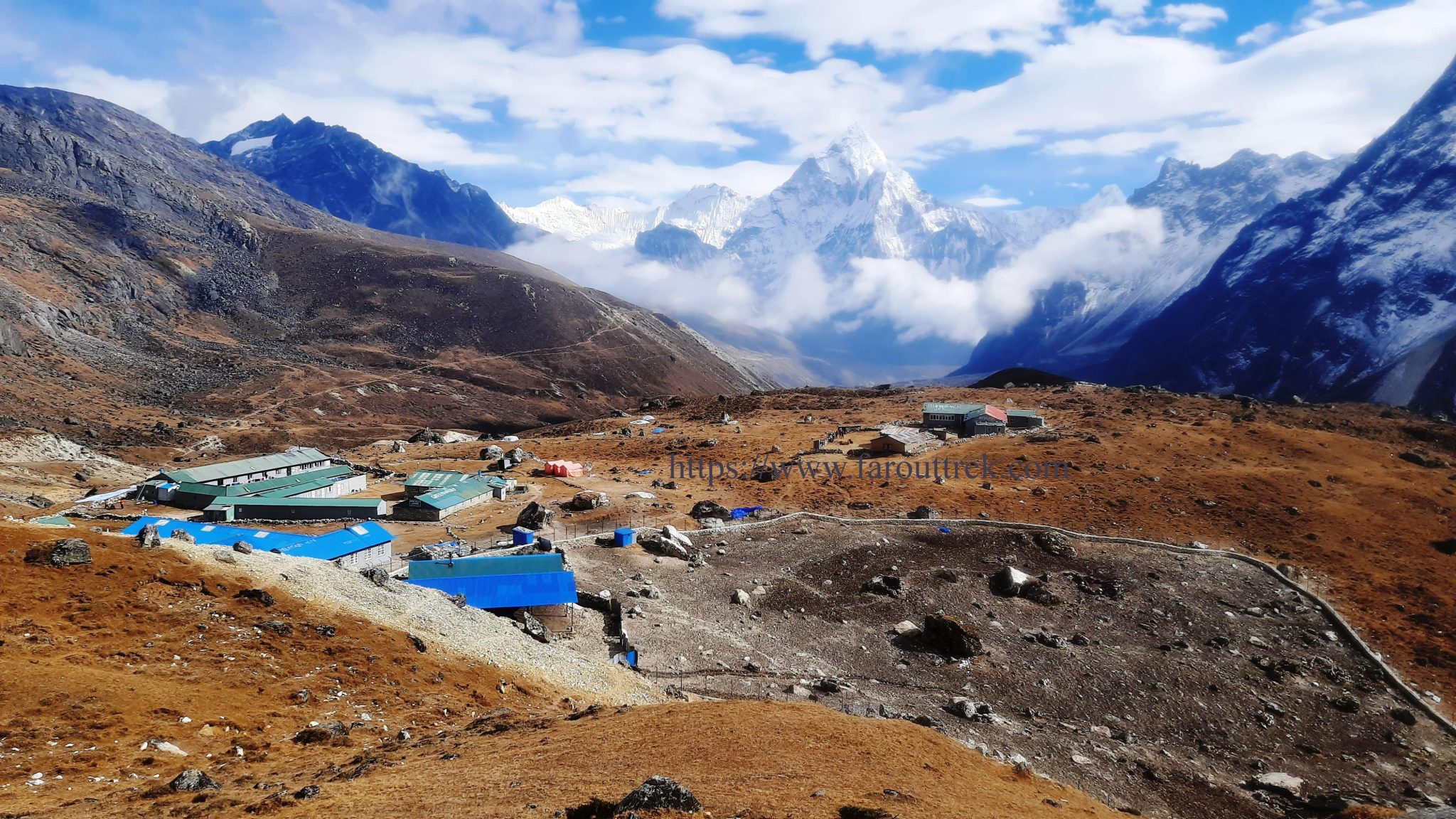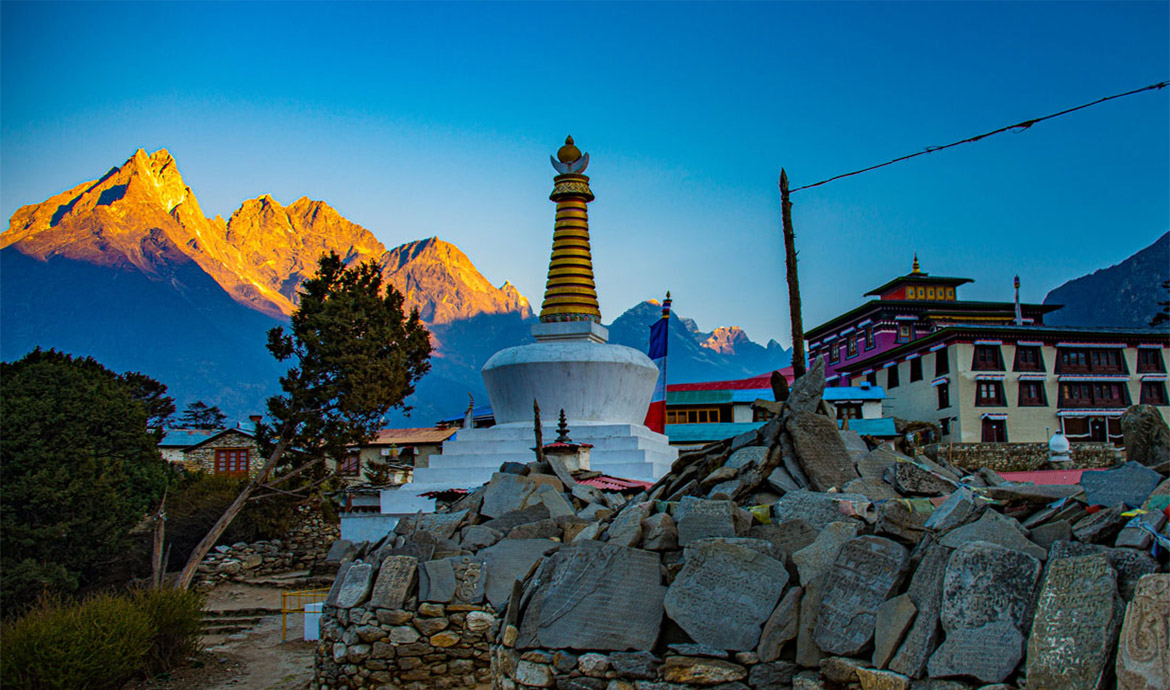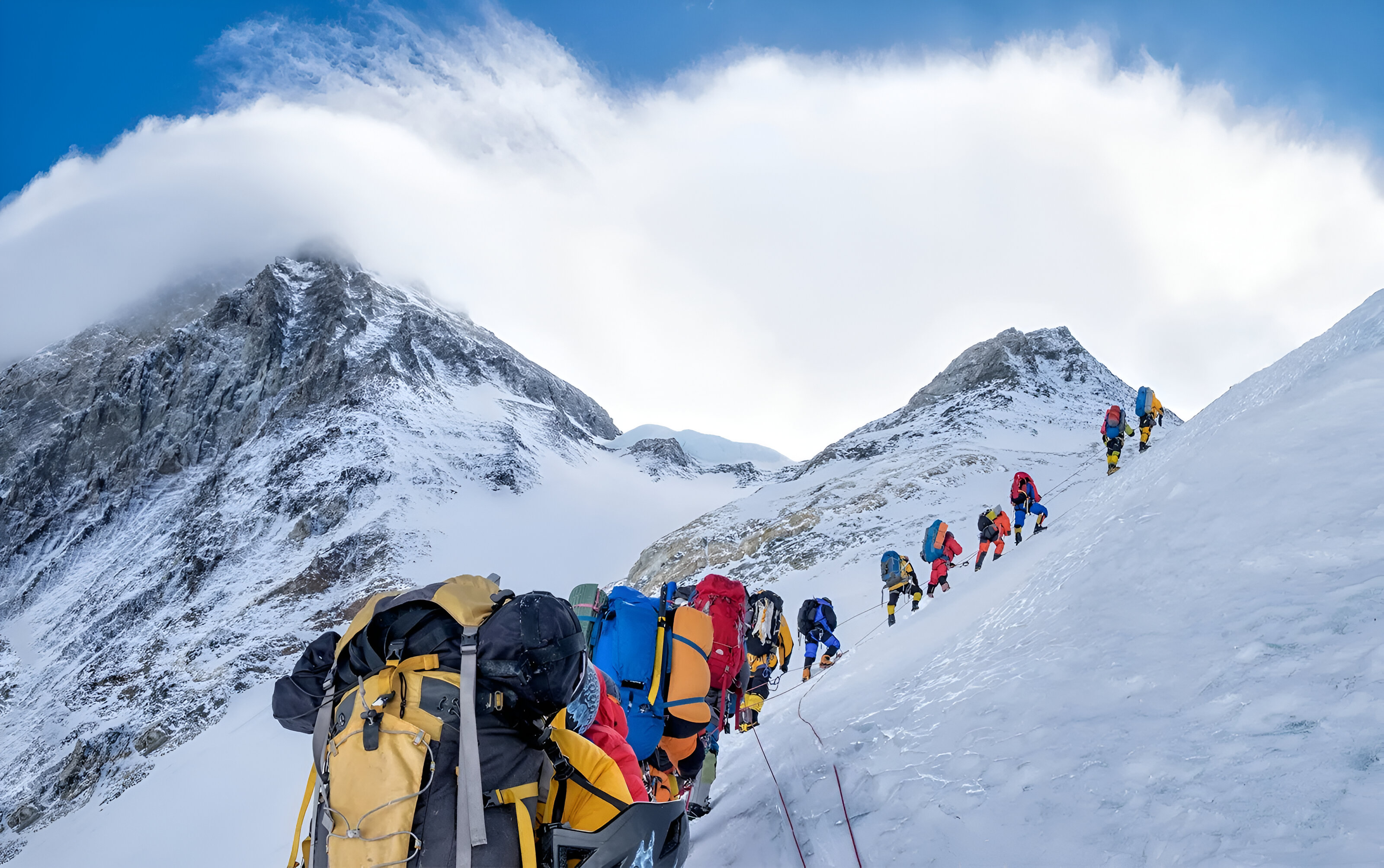
Everest
The Everest Region is a must-visit for anyone seeking an extraordinary trekking adventure, cultural immersion, and spiritual connection to the mountains. Whether you’re hiking to Everest Base Camp, exploring Sherpa villages, or taking in the views of the majestic Himalayas, the Everest Region offers experiences that will stay with you forever. With its unmatched natural beauty and cultural richness, it is the ultimate destination for trekkers and adventurers alike.
Introduction
The Everest Region, or Khumbu, is the crown jewel of Nepal's trekking destinations. Home to Mount Everest (8,848m), the highest peak in the world, it is one of the most visited regions in the country. The area is a magnet for trekkers, climbers, and adventure enthusiasts who come to experience the natural beauty and spiritual richness of the Sagarmatha National Park, which is a UNESCO World Heritage Site. This region not only offers an incredible trekking experience but also a deep dive into the life and traditions of the Sherpa people.
Main Attractions
- Mount Everest: Standing at 8,848 meters, Mount Everest, or Sagarmatha as it is known locally, is the main draw of the region. While climbing it is for elite mountaineers, many travelers opt to trek to Everest Base Camp to witness this giant up close.
- Trekking Trails: The Everest Base Camp Trek is the most famous trail, but the region offers other equally exciting routes, including the Three Passes Trek, Gokyo Lakes Trek, and lesser-known trails leading to hidden Sherpa villages.
- Sherpa Culture: The Sherpa people have inhabited the region for centuries. Their spiritual connection with the mountains, their Buddhist traditions, and their mountaineering skills make visiting Sherpa villages like Namche Bazaar, Khumjung, and Thame a cultural highlight.
- Sagarmatha National Park: Spanning over 1,148 km², this protected park offers not only jaw-dropping views of the Himalayas but is also home to diverse wildlife, including Himalayan tahr, snow leopards, and rare birds like the Himalayan monal.
- Tengboche Monastery: One of the most significant spiritual centers in the region, Tengboche Monastery offers trekkers a serene place to witness Buddhist rituals amidst stunning mountain scenery.
Trekking in the Everest Region
The Everest Region is famous for its trekking routes, catering to both seasoned trekkers and beginners. Some of the most popular treks include:
- Everest Base Camp Trek (EBC): A 12-14 day journey taking trekkers to the base of Mount Everest, passing through Namche Bazaar, Tengboche, and Gorak Shep.
- Gokyo Lakes Trek: A scenic alternative to the standard EBC trek, this trail takes you to the beautiful, turquoise lakes of Gokyo and offers panoramic views from Gokyo Ri.
- Three Passes Trek: The ultimate Everest adventure, crossing the Kongma La, Cho La, and Renjo La passes for an unparalleled experience of the Everest region's rugged beauty.
- Ama Dablam Base Camp Trek: A shorter trek ideal for those who want a taste of Everest without the full commitment, this route offers close-up views of the stunning Ama Dablam peak.
Cultural Experience
- Sherpa Villages: Namche Bazaar, the vibrant trading hub of the region, is the largest Sherpa village. Smaller villages such as Khumjung, Phortse, and Pangboche offer glimpses into traditional Sherpa life, with their stone houses, mani walls, and colorful Buddhist monasteries.
- Buddhism and Monasteries: The region is rich in Tibetan Buddhist culture, and the trek passes several significant monasteries, such as Tengboche, Deboche, and Thame. Prayer flags, chortens, and mani stones are common, adding to the spiritual atmosphere.
- Festivals: The Mani Rimdu Festival, celebrated at Tengboche Monastery, is a highlight of the Sherpa calendar, featuring masked dances, prayers, and cultural performances.
Flora and Fauna
The Everest Region is home to a wide variety of flora and fauna, particularly within Sagarmatha National Park. The region’s biodiversity includes:
- Wildlife: Himalayan species such as the snow leopard, musk deer, and Himalayan tahr roam the mountains. Birdwatchers may spot the Himalayan monal, snow pigeon, and lammergeier.
- Rhododendron Forests: In spring, the hills come alive with the bright colors of rhododendron blooms. Oak, pine, and juniper forests also line the lower trails.
- Alpine Vegetation: As you climb higher, the forests give way to alpine meadows and rocky terrain, with wildflowers dotting the landscape in the warmer months.
Best Time to Visit
- Spring (March-May): The weather is warm, and the rhododendron forests are in full bloom, offering a colorful backdrop to your trek.
- Autumn (September-November): This is the most popular trekking season, with stable weather and clear skies offering the best views of Everest and the surrounding peaks.
- Winter (December-February): While the region sees fewer trekkers in winter, the trails are quieter, and the snow-covered landscape offers a different kind of beauty. However, it is colder, and some routes may be inaccessible due to snow.
- Monsoon (June-August): The monsoon season brings heavy rain and cloud cover, making trekking less popular during this time.
Challenges and Preparation
- Altitude: One of the main challenges of trekking in the Everest Region is altitude. Altitude sickness can affect trekkers above 3,000 meters, so acclimatization is critical.
- Physical Fitness: Treks in the Everest Region are physically demanding, with long days of hiking and challenging terrain. It’s important to be in good physical condition and prepared for the effort.
- Weather: Weather conditions in the mountains can change quickly, and trekkers should be prepared for cold nights, especially at higher elevations.
How to Get There
The starting point for most Everest treks is the Lukla Airport, often described as one of the most thrilling airstrips in the world due to its short runway and mountain setting. Flights to Lukla operate from Kathmandu, and from there, the trek to Everest begins.
![]()

